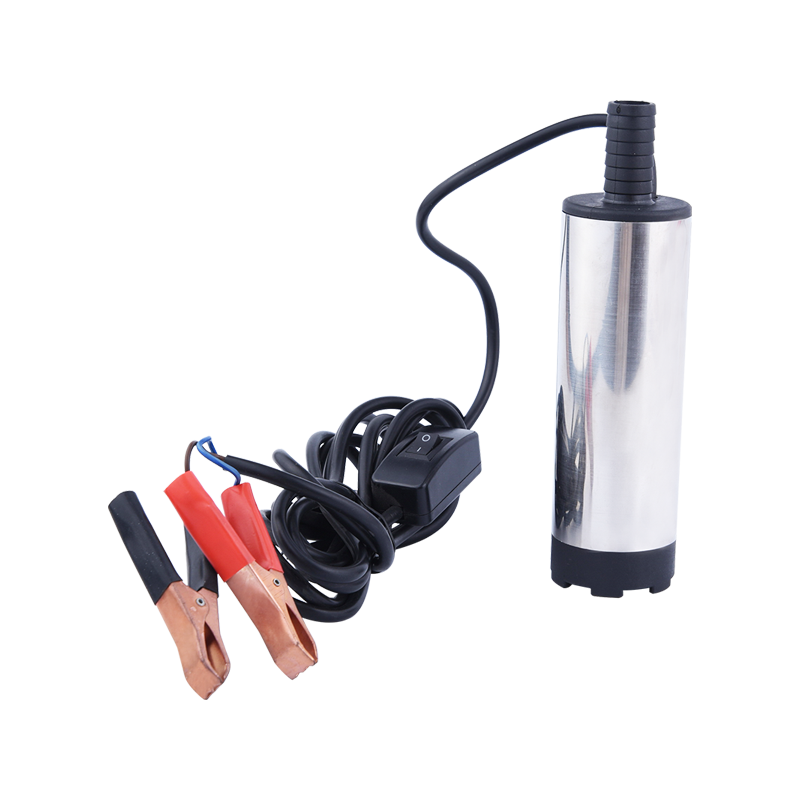What safety precautions should be taken during the operation of Pump For Portable Electric Vehicles?
When using Pump For Portable Electric Vehicles, safe operation is essential. As an efficient, portable and easy-to-use vehicle-mounted pump, the design of Pump For Portable Electric Vehicles not only focuses on performance, but also considers the safety of users.
1. Preparation before use
Before using Pump For Portable Electric Vehicles, users should make the following preparations:
Check the equipment: Before each use, check whether the various parts of the pump are intact and ensure that there is no damage or wear.
Confirm the power supply: Determine whether the power supply selection is appropriate. Pump For Portable Electric Vehicles supports 12V and 24V DC power supplies. Users should choose the appropriate power supply according to actual conditions.
Environmental check: Make sure there is no open flame or other flammable materials in the use environment, and avoid operating near high temperatures or open flames to reduce the risk of fire.
2. Anti-static measures
Static sparks may be dangerous during oil pumping. Pump For Portable Electric Vehicles is specially designed with anti-static function, but users still need to take additional anti-static measures:
Use anti-static equipment: During operation, it is recommended to wear an anti-static wristband or use an anti-static mat to further reduce the risk of static electricity.
Avoid friction: Avoid unnecessary friction during operation to reduce the generation of static electricity.
3. Precautions during operation
During actual operation, users need to pay special attention to the following points:
Correctly connect the power supply: Connect the power cord of the pump to the battery of the vehicle correctly, ensure that the connection is firm, and avoid contact with other metal objects.
Fix the pump: Put the pump firmly into the diesel barrel to avoid tipping or sliding to ensure that the oil pumping process goes smoothly.
Monitor the oil pumping process: During the oil pumping process, users should always monitor the operating status of the equipment, and promptly discover and deal with possible problems, such as abnormal oil pumping speed or equipment heating.
4. Precautions after use
After the operation is completed, the user should do the following:
Disconnect the power supply: Disconnect the power supply in time to ensure that the pump stops working.
Clean the equipment: After use, clean the pump and its accessories to avoid residual diesel from damaging the equipment.
Proper storage: Store the equipment in a dry and well-ventilated place to avoid corrosion of the equipment by a humid environment.
5. Emergency handling
During use, in case of emergency, the user should remain calm and take the following measures:
Immediately disconnect the power: If the equipment is abnormal or sparks or other dangerous situations occur, the power supply should be disconnected immediately and the operation should be stopped.
Fire extinguishing measures: Prepare a fire extinguisher. In case of fire, use the fire extinguisher to extinguish the fire quickly.
Stay away from the scene: On the premise of ensuring your own safety, quickly stay away from the dangerous scene and contact professionals for handling.
6. Regular maintenance and inspection
Regular maintenance and inspection are important links to ensure the safe operation of the equipment:
Regularly check the power cord and battery clamp: Make sure that the power cord and battery clamp are not worn or aged, and replace them if necessary.
Check the performance of the pump: Regularly test the pumping performance of the pump to ensure that it is always in the best condition.
Clean the equipment: Keep the equipment clean to prevent dust and impurities from entering the pump and affecting its normal operation.


 English
English Português
Português عربى
عربى 中文简体
中文简体













